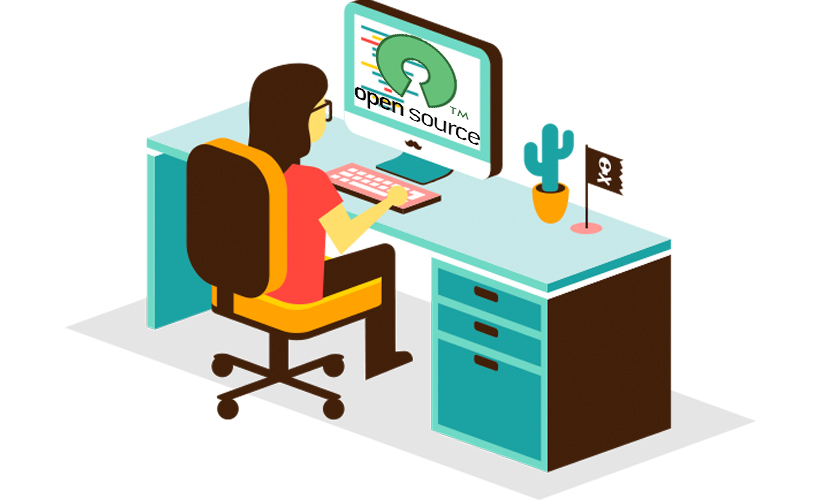So, can we use an open-source software in the development of a product or project? Basically, it depends on the license of the used software and the intended license for the final product.
Where copyright is used to protect intellectual property (including software) from being copied or distributed, copyleft is used to ensure that open-sourced intellectual property and software can be copied or distributed as open source. According to its strength, there are two kinds of copyleft:
Strong copyleft: when works derived from other strong-copyleft licensed works, or linked to these works, must continue having strong copyleft licenses, or even exactly the same license.
Weak copyleft: when works using weak copyleft licensed works, or linked to it, can be licensed under other licenses, even closed-source licenses. In this case, the copyleft only affects the original weak copyleft licensed work.
According to the permissiveness of licenses, they can also be classified in:
Strict licenses: when you cannot mix strong licensed software with closed-source, or even with more permissively licensed software.
Permissive licenses: when products usually can be mixed with closed-source software, or software with a totally open-source license.
Proliferation of licenses is based in specific terms in the license that, added to the basic open-source properties, allow or disallow other uses. Examples of these additional conditions can include:
Type of copyleft: weak or strong or inexistent.
Type of permissiveness: permissive or strict.
Here is some analysis of the most popular open-source licenses.
GNU General Public License (GPL): The GPL is the most popular open-source license. It was created by the FSF as the license for the GNU project, and it’s also the license of the Linux kernel.
MIT License
The open-source license usually known as MIT License, a.k.a.
Apache License 2.0
The Apache License was created by the Apache Software Foundation (ASF) as the license for its Apache HTTP Server.
BSD License: There are 3 different BSD licenses. All of them are very permissive licenses without copyleft.
The 2-clause BSD License (or Simplified BSD License) is totally equivalent of the MIT.
The 3-clause BSD License (or New BSD License) adds one clause more than the previous one.
The 4-clause BSD License (or Original BSD License) adds another clause.
GNU Lesser General Public License (LGPL): The LGPL was created by the FSF as a modification of the GPL with a weaker copyleft, allowing the linking of LGPL-licensed software with any other software.
Source: Toptal.







0 Comments